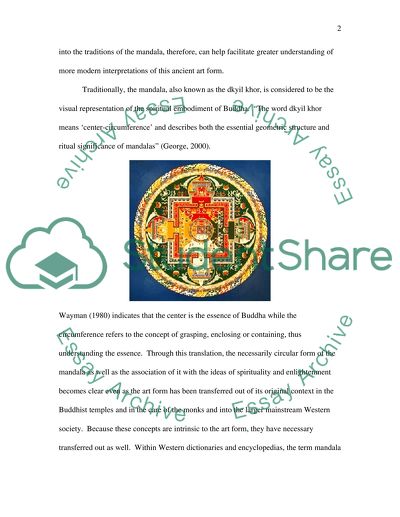Cite this document
(“Art history (Tibetan Buddhist and Mandalas) Essay”, n.d.)
Retrieved from https://studentshare.org/miscellaneous/1540381-art-history-tibetan-buddhist-and-mandalas
Retrieved from https://studentshare.org/miscellaneous/1540381-art-history-tibetan-buddhist-and-mandalas
(Art History (Tibetan Buddhist and Mandalas) Essay)
https://studentshare.org/miscellaneous/1540381-art-history-tibetan-buddhist-and-mandalas.
https://studentshare.org/miscellaneous/1540381-art-history-tibetan-buddhist-and-mandalas.
“Art History (Tibetan Buddhist and Mandalas) Essay”, n.d. https://studentshare.org/miscellaneous/1540381-art-history-tibetan-buddhist-and-mandalas.


